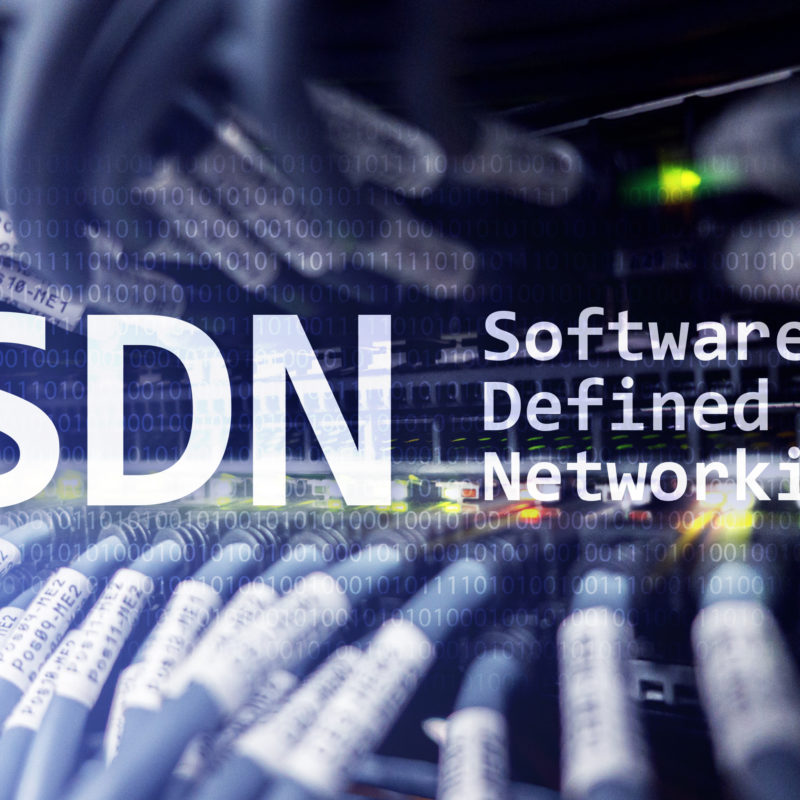Tag
Business connectivity
AN INTRODUCTION TO BUSINESS CONNECTIVITY
Business connectivity is defined as the way your organisation talks to the wider world. It could be via your employees, so people to people; it could be the way your systems connect to the systems of other companies; or finally it could be the sum of your data links.
How Do We Connect?
The rise of globalisation has led to an increased demand for improved business connectivity services, with many businesses needing to communicate regularly with both clients and employees based internationally.
- Video and Voice Conferencing: Many of us now work from home, travel regularly for business or have clients in countries around the world. This has led to a much greater use of both voice and video conferencing.
- E-mail: Quite staggeringly there are over 100 billion emails sent every day and is it estimated that this figure will rise to 132 billion per day by 2017.
- Real-Time Contact: In addition, there is a raft of other ways to communicate including instant messaging, online chat and screen-share. People now expect to contact companies at the click of a button whether that button is on a website or embedded in an email. This is because the majority of our communication takes place when we are on the move and happens not from a desk but from a mobile phone.
SHEER SCALE OF DATA
The amount of data which is transmitted every day has recently become a concern for the UK government. It is well aware that high internet speeds, to carry all this data, are necessary to boost the economy. Thus in 2013 it announced its aim to reach over 95% of homes and businesses with high speed broadband by 2017 and to that end it pledged an investment of over £770 million.
The sheer scale of communication for a company means it often takes the decision to store data in the cloud. While this is a positive move to keep information secure it means there are vast amounts of data being transmitted to the servers of the cloud provider daily.
BUSINESS RECOVERY PLAN
When communication is so vital to a business, if that ability is lost it can cause long term damage to the company. A business disaster can take many forms from an act of nature such as a flood, through to fire, theft and even denial of service attacks on servers.
In the event of a very serious incident, and one which does not have an effective disaster recovery plan in place, a business can be functioning at less than 10% after 10 days. This means that a company might never recover fully from the setback or may even go out of business.
To create an effective disaster recovery plan, so as to ensure your business connectivity suffers as little as possible, the following areas need to be addressed:
- There should be commitment from the top of the organisation down that a disaster recovery plan is essential.
- A planning committee should then be formed, so that responsibility doesn’t rest on the shoulders of a couple of departments only, such as IT and Facilities, but is squarely positioned as a company-wide issue.
- An effective risk assessment should then be carried out, seeking the aid of external auditors if necessary.
- Once data has been gathered a plan should then be drawn up and a phase of testing implemented.
- Finally, once sufficient testing has been carried out, the plan should be put forward for senior management approval. This plan should then be revisited regularly to ensure it is still valid as the company grows and develops.
A business today is only as strong as its ability to function and communicate. We are so reliant on technology it is important to protect our connectivity above all else, bar the safety of our employees. To learn more about business connectivity and the role it plays in your organisation take a look at this short animation.









